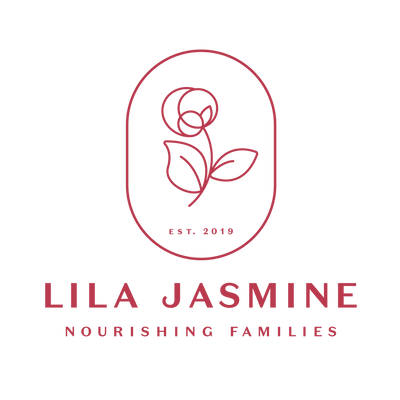Breast milk is more than just nourishment; it's a treasure trove of antioxidants, immune-boosting properties, and essential nutrients and inn my work as a midwife at Waterford Birth Centre milk storage is a frequent conversation I have with brand new parents. Whether you're planning for a night out, returning to work, or simply aiming for some flexibility, let this be your guide to how best store your precious breast milk.
Preparation for Storage: Start with Cleanliness
-
Washing: Always begin with clean hands. Wash your hands with soap and water or use a waterless hand cleanser. Unclean hands can introduce harmful viruses and bacteria into the milk.
-
Expression Method: Whether you choose to express milk by hand or with a pump, follow proper hand cleaning and equipment cleaning steps. Remember, there's no need to discard the first few drops of milk; it's just as safe as the rest.
-
Container Choice: Choose storage containers wisely. Glass and certain plastics like polyethylene and polypropylene are preferred, while containers with bisphenol A or bisphenol S should be avoided due to potential health risks.
-
Care of Containers: Thoroughly clean containers with hot soapy water and rinsed or washed in the dishwasher. Containers should be air dried or dried with paper towel, keep the tea towel away! You do not need to sterilise breast milk containers.
Effective Storage Strategies
-
Room Temperature: Freshly expressed breast milk can be safely stored at room temperature [16–29°C], 4 hours is optimal but 6-8 hours is acceptable.
-
Refrigeration: Refrigerated breast milk should be stored at 4°C , 4 days is optimal, studies show that 5-8 days is acceptable under very clean conditions.
-
Freezing: Breast milk should be frozen at -4°C to -20°C for up to 6 months is optimal but 12 months is acceptable. When filling a container with breast milk leave space at the top to allow for expansion with freezing, also consider storing milk in various increments to minimise waste.
Smart Handling and Usage
-
Thawing and Warming: There are sever ways to thaw your breastmilk, you can place it in the fridge overnight or I like to set it in a contain or warm water. It should be noted that thawing it in the fridge causes less fat lass than thawing in warm water. Please don't microwaving, we know that this method results causes the milk to heat unevenly it also significantly decreases the activity of immunologic factors which may reduce its overall heal properties.
-
Fresh First and Mixing Milk: It is recommended that fresh breast milk is used first when possible as it's higher in antioxidants, vitamins, and immune-boosting properties compared to refrigerated or frozen milk. Freshly expressed milk that is still warm should not be added to already cooled or frozen milk. Instead, it is best to cool down the newly expressed milk before adding it to older stored milk.
-
Using Thawed Milk: There is little information available on refreezing thawed breastmilk and it is therefore not advised. Thawed breast milk should be used within 24 hours and not left at room temperature for more than 2 hours. Consider storing milk in various increments to minimise waste.
It's my hope that with these guidelines and FREE PRINTABLE you can confidently express, store, and use your precious breast milk. You're amazing!
Remember, every breastfeeding journey is unique - consult your healthcare provider or lactation consultant for personalised advice and support.
* Photo by Danni Gibson, you can follow her on Instagram HERE
*Adapted from the American Breastfeeding Medicine Protocol: Human Milk Storage Information for Home Use for Full-Term Infants, Revised 2017. You can read the original article HERE


